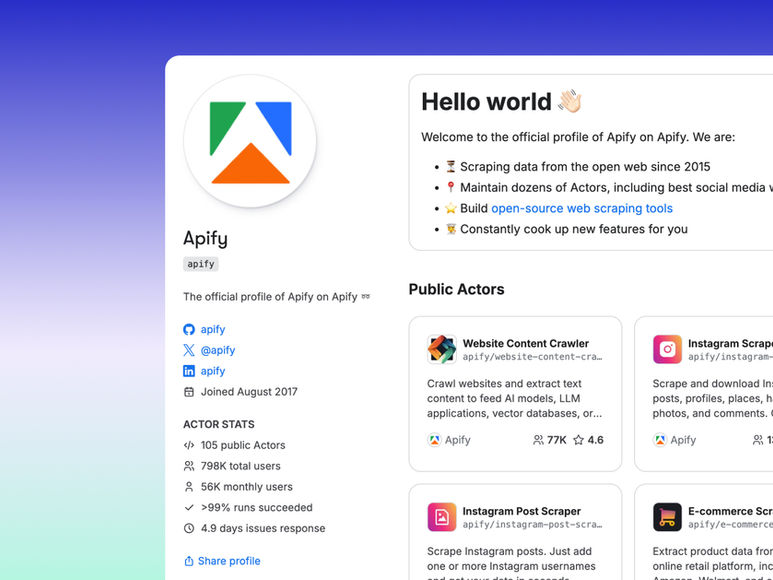How I Created Minimalist Focus Player: A Case Study in Rapid UX Prototyping with AI
- Kirill Pronin

- Aug 10
- 2 min read
I decided to share an entry from my work journal from this weekend. It's a story of how a long-held idea and a few UX hypotheses gave birth to a working prototype in just a couple of days. It all started with a simple but persistent thought.
I've been wanting to build a useful media app for a while: a simple internet radio player where unfamiliar music acts as “white noise” to help with focus. Existing services always seemed visually overwhelming to me, so I decided to make my own, with the working title Minimalist Focus Player.
Kirill Pronin, lead web-designer parnii.de
I mainly work on Wix Studio, but I like to try new tools to stay up to date with what's currently trending. This project was a good opportunity to quickly test some of my ideas using the built-in AI agent in Firebase Studio, which helps create interactive prototypes.
The first idea was to radically simplify the process.
Instead of guiding the user through the steps (“select the radio,” “press play,” “start the timer”), I decided to combine these actions into a single scenario that immediately leads to the desired result. My idea was to create an atmosphere that would make it easy to enter a state of flow by removing the need to make unnecessary decisions. Now, when you click on the timer, the app automatically starts playing music and switches to full-screen focus mode.
The second idea is to remove unnecessary elements.
(The main enemy of a clean interface is new windows). Therefore, the “Favorites” feature does not open a pop-up, but simply changes the main screen, acting as a filter. The functionality is there, but there is no visual noise.
The advantage of this approach is that you end up with a working prototype for testing—even before the task is sent to the native development teams for iOS and Android. This saves a lot of time and avoids disputes within the team.
In this process, you are really more of an art director who describes the “vibe” than a coder. I like to solve problems this way, at the intersection of several specializations. That's why I'm always open to dialogue about interesting projects—whether it's R&D consulting or teamwork.
































